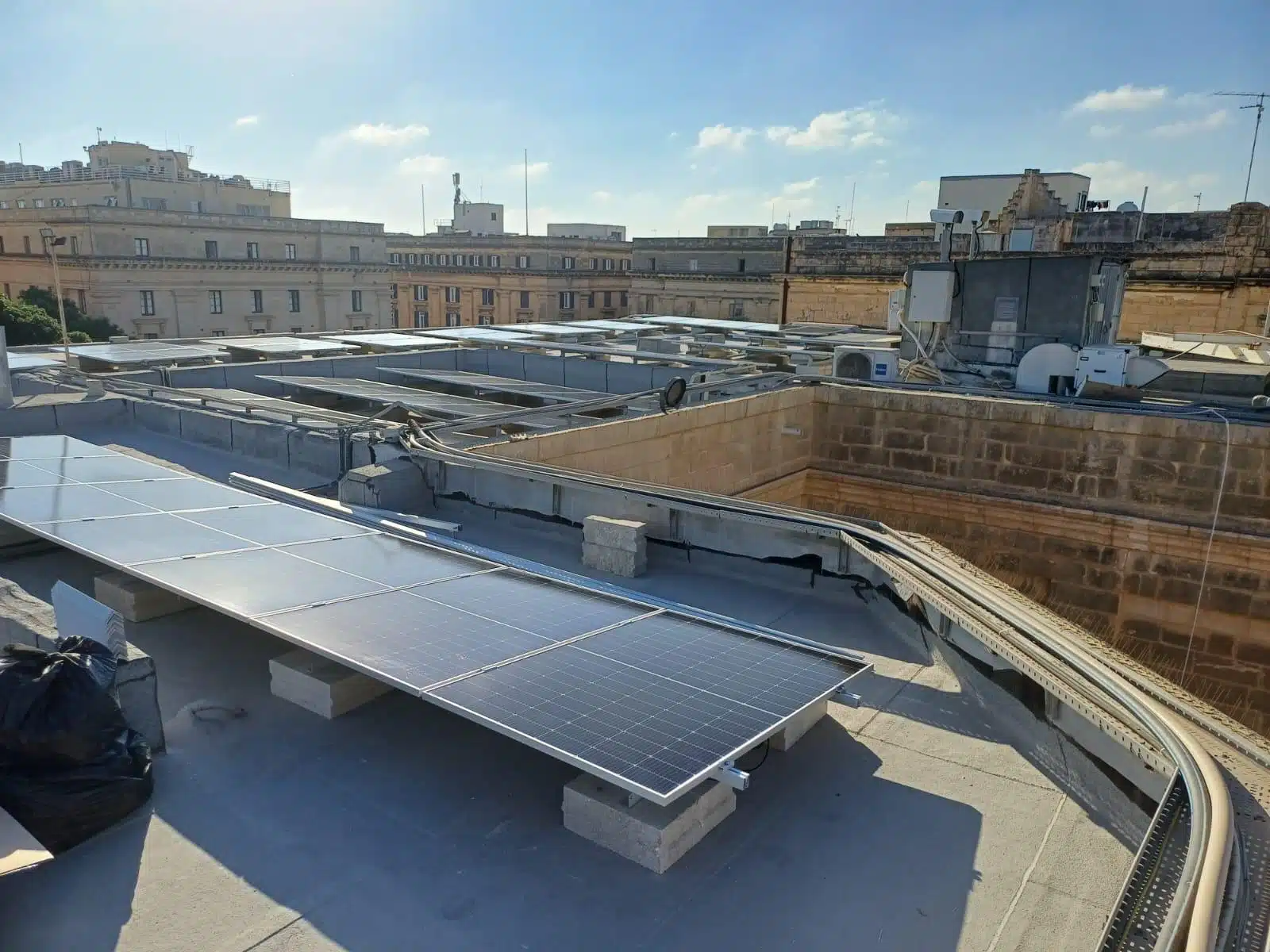- MAPFRE has surpassed its projected energy consumption reduction target for the end of the cycle in 2030, which was set at 16%
- The company promotes efficient energy consumption in buildings and the use of renewable energy to achieve neutrality by 2030.
- It has reduced the electricity costs by 30% through photovoltaic panels, workspace optimization, and more efficient equipment.
- Notable progress has been made in Spain, the Dominican Republic, Puerto Rico, and Peru, where more energy efficiency measures have been implemented.
- By 2030, the company is committed to ensuring that more than half of the space occupied by its large buildings is certified as sustainable.
MAPFRE is moving forward in its commitment to energy efficiency as a key element of its decarbonization strategy and with the objective of achieving neutrality by 2030 in all the countries where it operates.
In 2024, the company’s most financially successful year, it reduced energy consumption by 27% compared to 2022, which represents a total of 40 million kWh less, corresponding to electricity and fossil fuel consumption, such as natural gas and gasoline. This figure surpasses the 16% reduction target set by the Environmental Footprint Plan for 2030.
The company has disclosed these results for World Energy Efficiency Day, held today, highlighting that this is mainly due to the 30% reduction in electricity costs for buildings located in the 25 countries where it has insurance operations. This has been achieved through measures such as installing photovoltaic panels, optimizing workspaces, and investing in more efficient air conditioning and lighting systems.
The notable 30% reduction in electricity consumption, combined with a significant 14% increase in the acquisition of renewable energy—from solar panels, wind power, and dams, among others—has enabled the insurance company to avoid emitting a total of 9,988 MT of Co2e into the atmosphere in 2024.
Sustainable buildings
The insurance company is committed to designing and constructing buildings based on sustainability criteria. It has set an objective for 2030 that 65% of the area of its main office spaces—around 30 buildings—will have a sustainable building certification such as LEED, BREEAM or EnergyStar, which recognize the highest standards in the use of natural light, water or transportation. In this regard, by the end of 2024, nearly half (49%) of the area of these properties had already obtained one of these certifications, 3% more than the previous year.
Notable progress has been made in some countries such as Spain, Mexico, the Dominican Republic, Italy, Peru and Malta, which have installed a total of 8,346 photovoltaic panels in their offices. These panels generated more than 3 million kWh, enabling a 16% reduction in electricity costs in these locations. This reduction has prevented the emission of 651 MT of CO2e into the atmosphere. Additionally, conventional lighting has been replaced with more efficient LED lights (Spain), and air conditioning systems have been upgraded in Puerto Rico, Brazil, and Peru. With all these measures, the company has reduced 1 million kWh per year.
